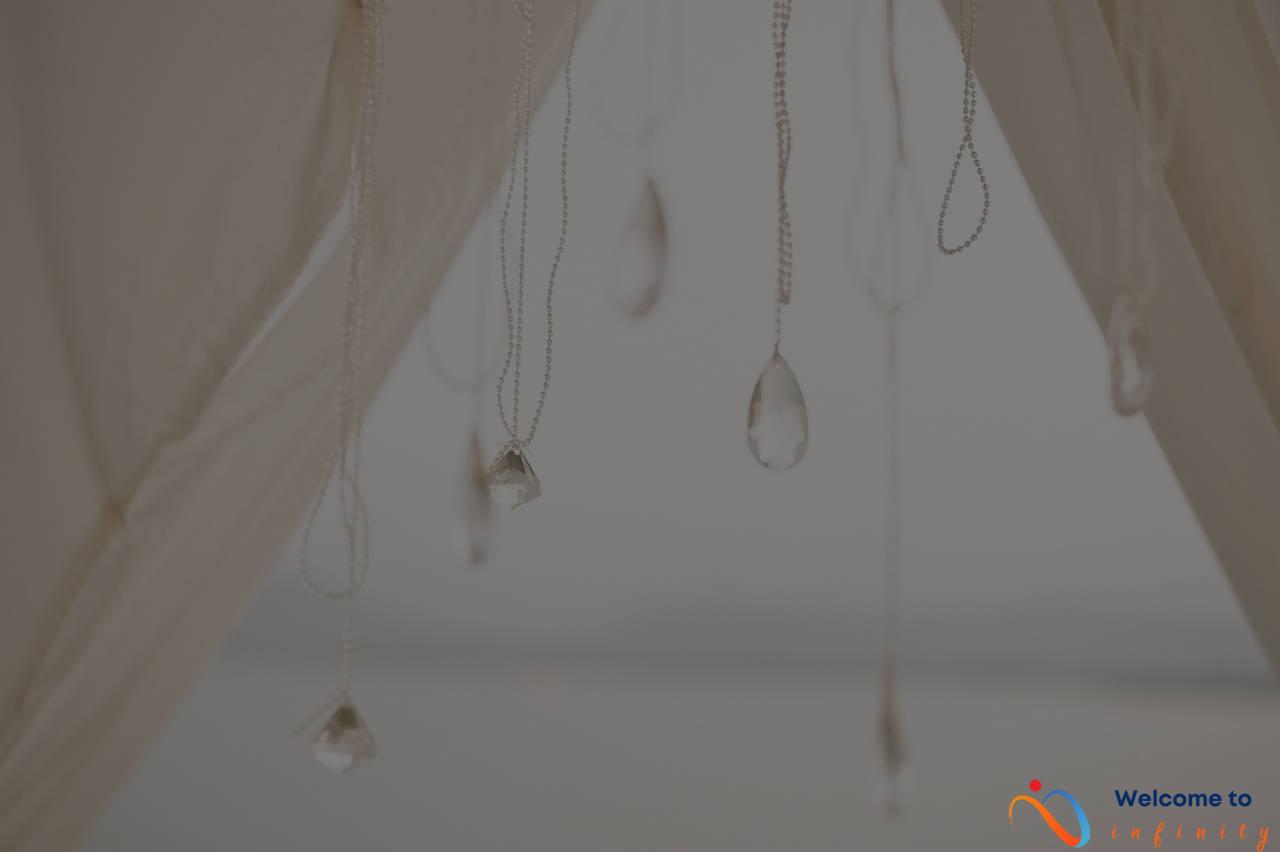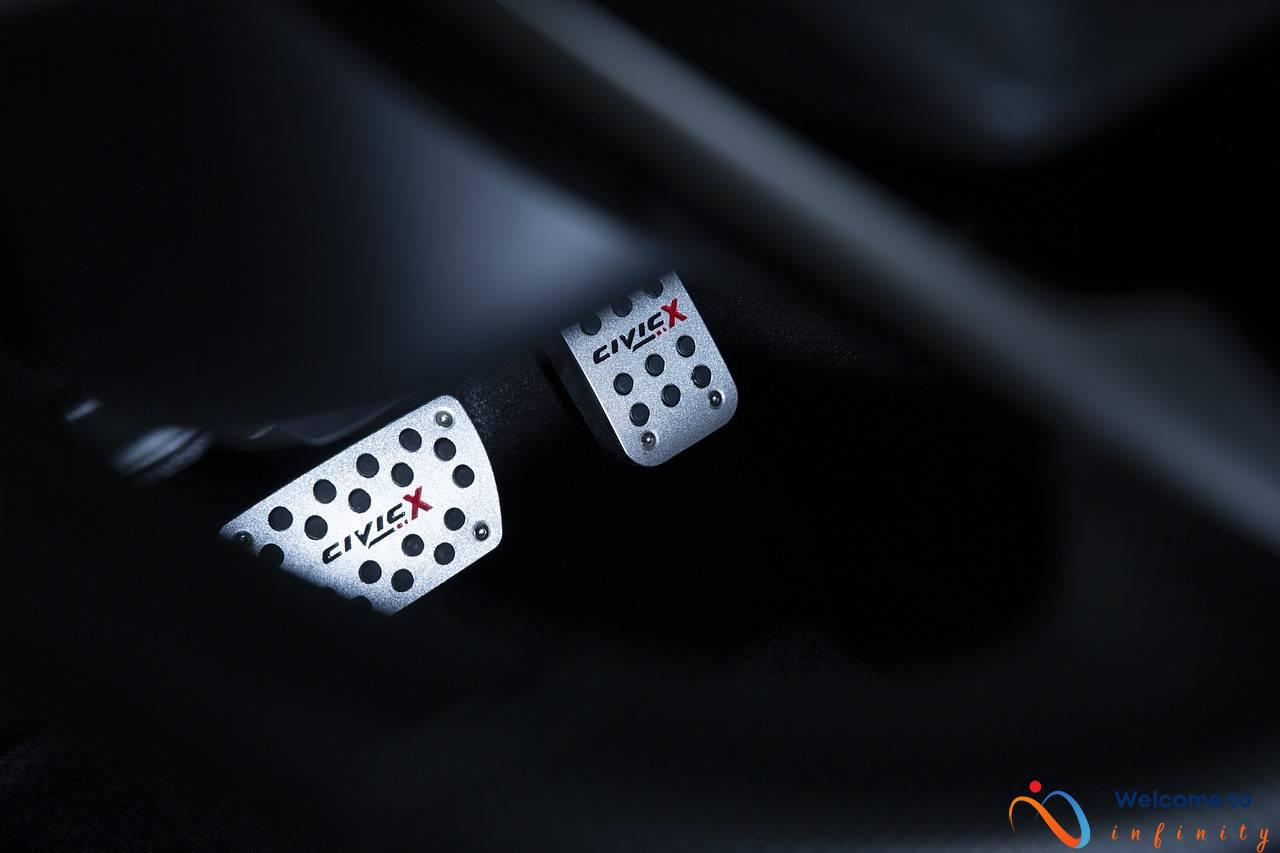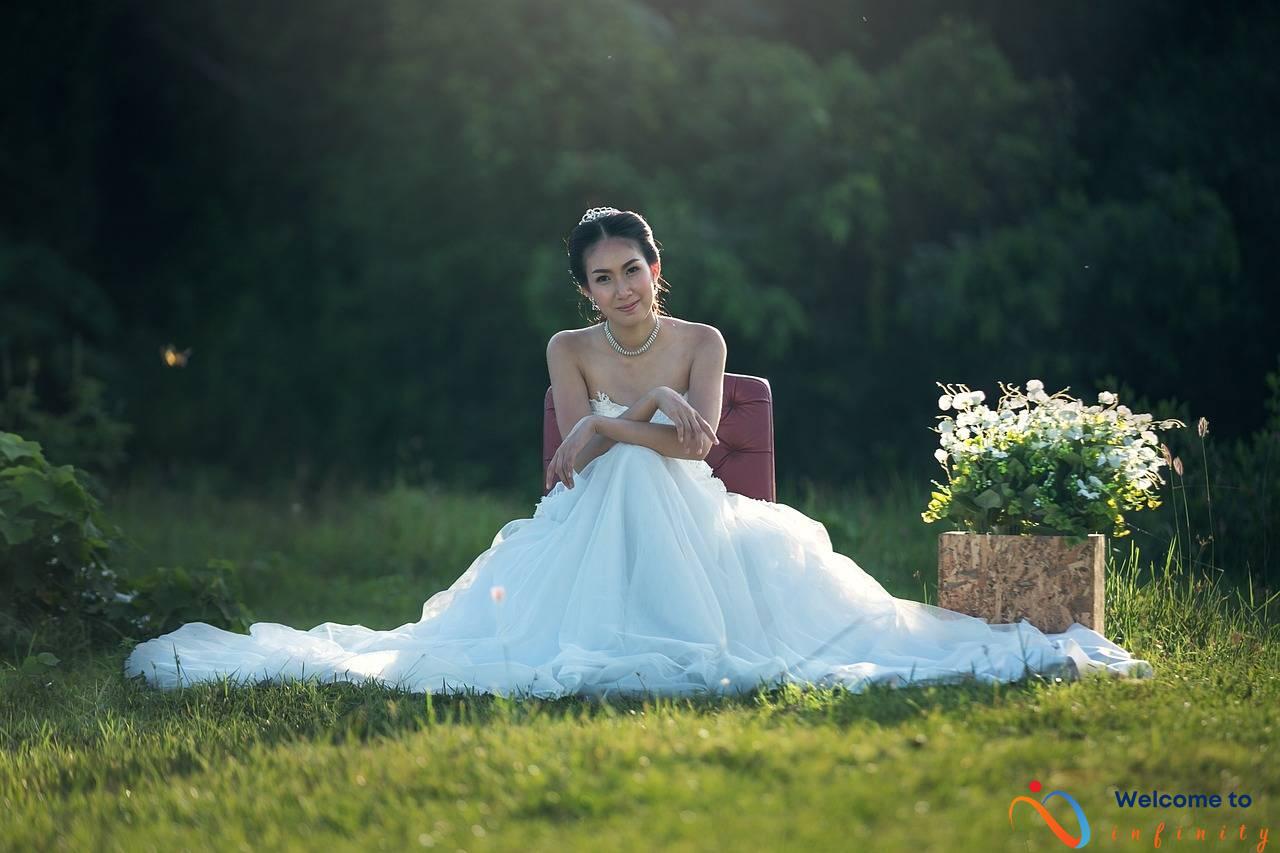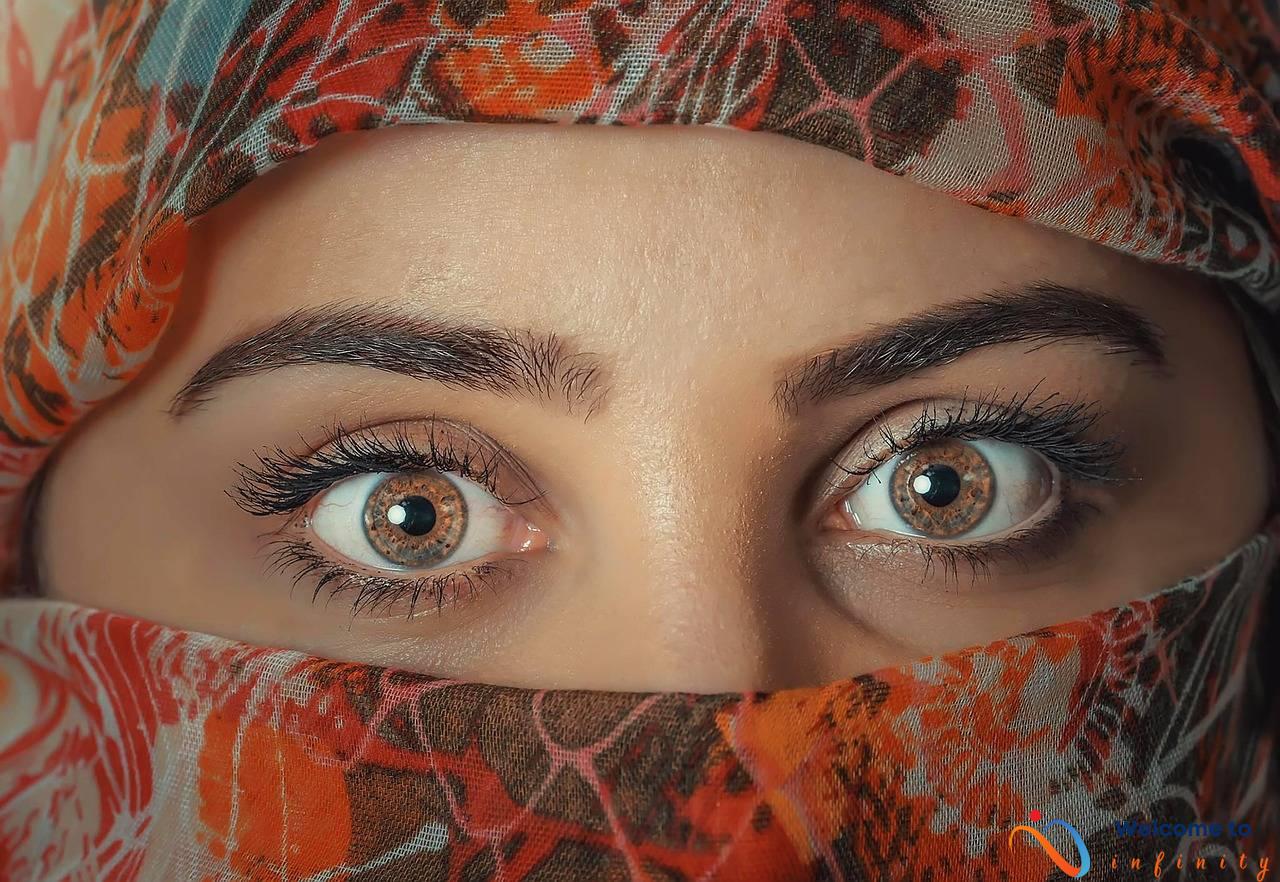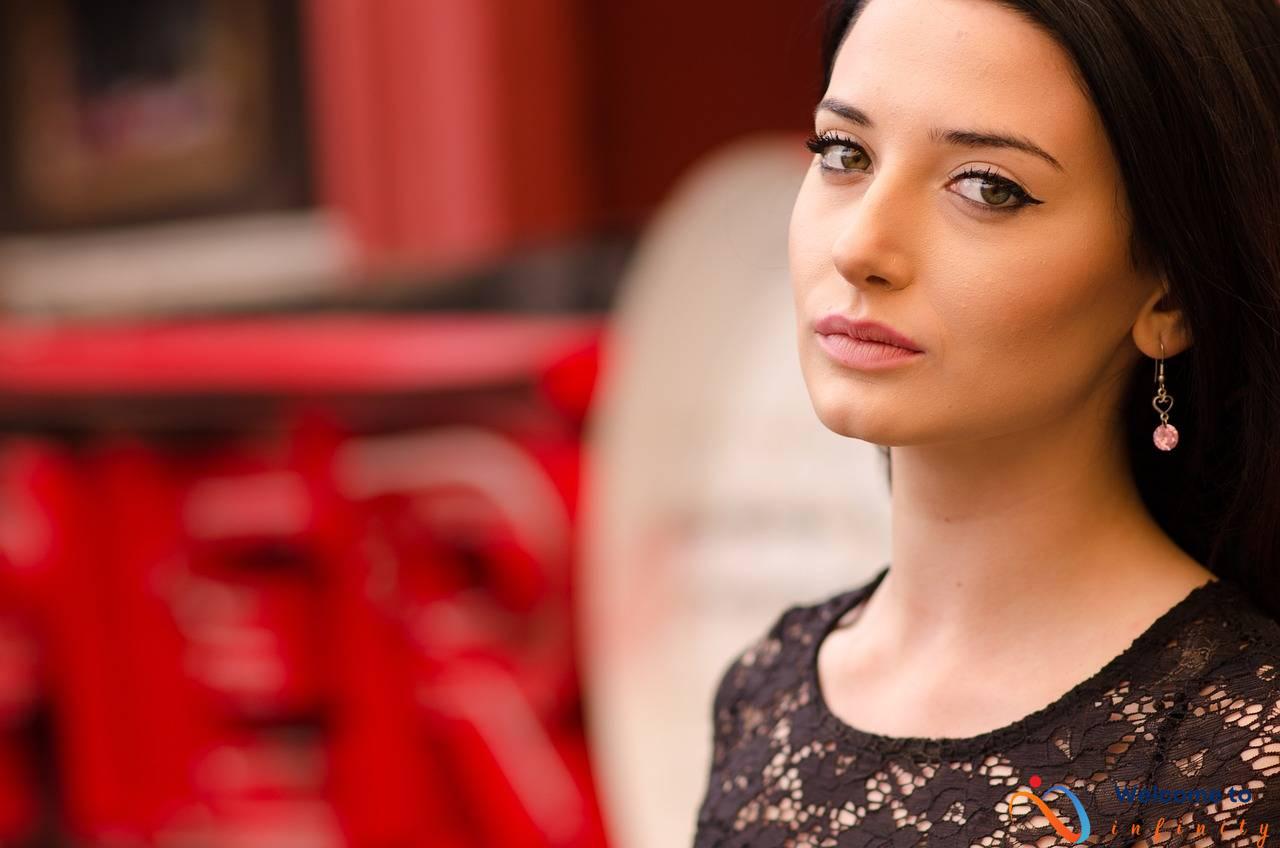Welcome to the exciting and challenging world of fashion photography! This field requires an artistic eye, a strong business sense, and the ability to thrive in a fast-paced and competitive environment. In this article, we will take you behind the scenes of this dynamic industry and show you what it takes to succeed.
First and foremost, pitching and negotiating with clients is a crucial aspect of a fashion photographer's business. From determining budgets to managing creative control, it is important to hone your pitching and negotiating skills. Understanding how to effectively communicate your vision and value to clients can make all the difference between winning and losing jobs.
Another key factor in building a successful career in fashion photography is developing a strong brand. This involves more than just creating a snazzy logo. It also means creating a strong online presence, networking with industry professionals, and effectively marketing yourself to potential clients. Crafting a professional portfolio that showcases your range and versatility is also essential to winning new business.
With social media and online platforms playing an increasingly important role in marketing and promotion, fashion photographers need to be savvy in this area as well. By leveraging platforms like Instagram and Facebook, photographers can showcase their work and connect with new clients in a more direct and personal way.
Finally, understanding the legal aspects of the industry is also key to building a sustainable and profitable business. Licensing and copyright issues can be complex, but it is important to ensure that you are properly protecting your work while still providing clients with the necessary legal permissions to use your photos.
Overall, fashion photography is a challenging yet highly rewarding field that requires a unique blend of artistic and business skills. By mastering the art of the pitch, developing a strong brand, and building solid relationships with clients and industry professionals, photographers can build a successful and fulfilling career in this exciting industry.
Pitching and Negotiating
When it comes to pitching and negotiating in the fashion photography industry, being able to showcase your creative vision and effectively communicate your ideas is key. First and foremost, it's important to research potential clients and tailor your pitch to their specific needs and brand identity. This means understanding their target audience and what kind of images they're looking for.
In terms of budget negotiations, it's important to have a clear understanding of the scope of the project and how long it will take to complete. Consider any additional expenses such as equipment rental, location fees, and model fees. having a detailed proposal ready can help you to effectively negotiate rates and ensure that you're being compensated fairly for your work.
When it comes to creative control, it's important to have a clear understanding of what your client is looking for and be able to communicate your own creative vision. This means listening to their needs and feedback, but also standing firm on your own artistic choices when necessary. It's important to strike a balance between taking direction and being able to inject your own personal style into every project.
Overall, mastering the art of the pitch and negotiation in the fashion photography industry takes time and experience. By doing your research, being confident in your artistic vision, and remaining professional and flexible throughout the process, you can build strong relationships with clients and establish a successful career in the industry.
Building Your Brand
In the highly competitive world of fashion photography, it's essential to create a brand that truly stands out. Your brand is all about showcasing your unique point of view and professional aesthetic while making clear the value that you can offer to potential clients. Here are some key steps to consider as you build your brand:
- Create a Website: Your website is your digital storefront and serves as a hub for all your work. Your website should feature your best work, your biography, and contact information. Consider investing in a professional website designer to ensure that your site looks sleek and is properly optimized for SEO.
- Networking: Building a strong network of industry professionals can help you gain new clients and exposure. Attend industry events, join photography forums, and get involved in local photography groups. Pro tip: Consider reaching out to other photographers in your area to form a supportive community for critiques and referrals.
- Social Media: Social media can be a powerful tool for showcasing your work, reaching new audiences, and networking with other photographers and industry professionals. Establish a presence on platforms like Instagram, Facebook and LinkedIn and post regular updates.
- Create a signature Style: Successful fashion photographers have a distinctive and recognizable style that sets them apart from others. Experiment with different techniques, lighting, and editing to find what works best for your vision and the types of clients you want to attract.
- Specialize: Consider specializing in a specific area of fashion photography such as editorial, beauty or commercial photography. Specialization can help you stand out in a crowded field and make clear the unique value that you can offer to clients.
Building your brand is not a one-time task – it takes time, effort and a lot of patience. Stay focused on your unique vision and consistently take steps to showcase your strengths and convey the value you can offer to clients. By doing so, you'll build a brand that stands out in the competitive fashion photography industry.
Social Media and Online Presence
Social media and online platforms have become essential tools for fashion photographers to showcase their work and reach a wider audience. With over 3 billion users worldwide, social media platforms like Instagram and Facebook are great for promoting your work and building a following.
When using social media, it's important to maintain a consistent brand image across all platforms. This means using a similar aesthetic and tone of voice in your posts and ensuring that your bio and contact information are up to date and easy to find.
Hashtags are also important in reaching new clients and gaining visibility. Research popular hashtags in your niche and include them in your posts, but be sure to keep them relevant and not too spammy.
In addition to social media, having a professional website is crucial for showcasing your work and providing potential clients with a way to contact you. Your website should be visually appealing and easy to navigate, with a portfolio of your best work and clear information about your services and pricing.
- Tips for leveraging social media and online platforms:
- Use a consistent brand image across all platforms
- Research and use relevant hashtags
- Create a professional website with clear information and portfolio
- Engage with potential clients and respond to inquiries promptly
By using social media and other online platforms strategically, fashion photographers can reach new clients and build a strong online presence that sets them apart in a competitive industry.
Editing and Presentation
Editing and presentation are essential skills for any fashion photographer looking to stand out in a crowded industry. To create a portfolio that showcases your unique point of view and professional aesthetic, you need to master the art of editing and presentation. Here are some tips for taking your editing and presentation skills to the next level.
Firstly, take the time to review each shot carefully and consider the story you want to tell with your images. Focus on the shots that best capture your vision and eliminate any that don't contribute to your desired narrative. This way, your portfolio will have a cohesive feel that reflects your style and creative approach.
Secondly, consider the order and sequence of your images. You want to create a flow that takes the viewer on a journey through your portfolio, highlighting your unique talents and creative strengths. Arrange your photos in a way that builds momentum and tells a story, whether it be through color, composition, or subject matter.
Thirdly, pay attention to the presentation of your work. Consider the format and framing of your photos, as well as the lighting and background. If you're showcasing your work in print, invest in high-quality printing and paper. If you're presenting your work online, optimize your website for the best viewing experience and use social media to showcase your images to a wider audience.
Finally, always be open to feedback from others. Share your work with trusted colleagues or instructors and ask for their input. Critiques can be tough, but they can also provide valuable insights and help you refine your skills even further. On top of this, constantly challenge yourself to improve and experiment with new styles and techniques.
By mastering the art of editing and presentation, you'll be able to showcase your work in a way that highlights your unique style and creative vision. Invest the time and effort into refining these skills, and you'll be well on your way to building a successful career in fashion photography.
Portfolio Development
As a fashion photographer, building a strong and versatile portfolio is essential to showcasing your unique aesthetic and attracting potential clients. When curating your portfolio, it's important to keep in mind the specific clients and audiences you want to target.
Start by selecting a wide range of images that showcase your skills and versatility, including different styles, lighting techniques, and subjects. Organize your portfolio in a way that highlights your strongest and most impressive work.
You may also want to create separate portfolios tailored to specific clients or industries. For example, if you're interested in working with makeup brands, you could create a portfolio featuring editorial-style beauty shots. Alternatively, if you specialize in outdoor fashion photography, you could create a portfolio showcasing your work in natural settings.
Consider using a mix of full-size images and detail shots to give clients a closer look at your work. You can also include information about your process, services offered, and testimonials from previous clients. Keep in mind that your portfolio is a representation of your brand and should reflect the type of work you want to be hired for.
Finally, don't be afraid to update your portfolio regularly as you create new and impressive work. Keep it fresh and relevant to showcase your growth and versatility as a photographer.
Licensing and Copyright
As a fashion photographer, one of the most important things you need to consider is licensing and copyright. Understanding the importance of licensing and copyright in the fashion photography industry can help you protect your work and your business.
Licensing is an essential aspect of any photography business. It allows you to give permission to other individuals or companies to use your images for a specific purpose. Through licensing, you can determine who can use your photos and for what purpose. You can also decide how long the license will last and the fee for the use of your photos.
On the other hand, copyright laws give you exclusive rights to your images and prevent others from using your work without permission. It is essential to understand these laws and how to register your copyright to avoid any legal issues and protect your intellectual property.
When it comes to fashion photography, licensing and copyright are crucial because your photos are your brand. As a photographer, you have invested your time, money, effort, and creativity in capturing stunning images that showcase your unique style. It is essential to ensure that your work is protected from unauthorized use.
To ensure that you're protecting your work and your business, make sure to have a clear and concise licensing agreement that outlines the terms and conditions of image use. You should also understand the copyright laws and how to protect your work by registering it. By doing so, you can avoid any legal issues and ensure that you are giving yourself the best chance for success in the competitive world of fashion photography.
Working with Teams
Working with a team is an essential part of fashion photography. Whether it's a small, intimate shoot or a large-scale production, the photographer must coordinate with stylists, makeup artists, and models to create a successful shoot. The process involves many challenges, but the rewards are worth it, producing breathtaking photos that capture the spirit of fashion.
One of the biggest challenges is coordinating with the team to ensure that everyone is on the same page. The photographer must communicate their vision for the shoot to the stylists and makeup artists, who must carefully select the clothing and makeup to match the photographer's vision. Working with models is also a crucial part of the process, as the photographer must direct them to create the poses and expressions that capture the spirit of the shoot.
Another significant challenge of working with teams is managing logistics. Coordinating schedules, securing locations, and sourcing equipment are all essential steps in the production process. The photographer must also ensure that all members of the team have the necessary equipment, from the makeup materials to the lighting equipment. All this requires considerable planning, organization, and attention to detail.
Despite the challenges, working with teams also has many rewards. A photographer can benefit from the fresh perspectives of their team, which can lead to innovative and exciting ideas that they would never have considered alone. The photographer can also learn a lot from their team, from new techniques in makeup to innovative styling concepts.
Working with teams in fashion photography is an exciting and rewarding experience that requires a lot of hard work and dedication. When the team is working together seamlessly, the end result is breathtaking photos that leave a lasting impression and capture the essence of fashion.
Client Relationships
Client relationships are the backbone of any successful fashion photography business. It's crucial to establish trust and communication with your clients from the very beginning in order to foster strong relationships. One effective strategy is to take the time to listen to your clients and understand their specific needs and preferences. This will help you deliver results that meet and exceed their expectations.
Regular communication and follow-up are also key components of building strong client relationships. Make sure to respond to emails and phone calls promptly, and keep your clients in the loop throughout each stage of the project. This will not only help build trust, but also ensure that your clients are satisfied with the end result.
Collaboration is another important aspect of developing client relationships. Working together with your clients to create a vision and executing it successfully can lead to a long-term working relationship. This includes taking the time to understand their brand and creative vision, and aligning your own creative approach to achieve their goals.
Additionally, it's important to recognize the value of repeat business and referrals. Building strong relationships with your clients can lead to continued work and recommendations to new clients. Creating a positive experience for each client, from start to finish, is a crucial step in ensuring their return.
- Listen to your clients and understand their specific needs and preferences.
- Ensure regular communication and follow-up throughout each stage of the project.
- Collaborate with your clients to create a shared vision and execute it successfully.
- Create a positive experience for each client to ensure their return and referrals.
By focusing on building strong client relationships, fashion photographers can ensure repeat business and establish their reputation in the industry as a reliable and talented photographer.
Behind the Scenes
Have you ever wondered what goes on behind the scenes during a fashion shoot? It's not just about taking great photos – there's a lot of skill and organization required to ensure that everything runs smoothly and that the final product meets the client's expectations.
One of the first steps in creating a successful production is location scouting. This involves finding the perfect setting for the shoot, whether it's a picturesque natural backdrop or a sleek, modern studio. The location should be chosen based on the specific needs of the shoot, such as lighting, accessibility, and overall aesthetic. Once a location is chosen, the team will need to secure the necessary permits or permissions to use the space.
In addition to location scouting, equipment rental is another important part of the pre-production process. Fashion photography often requires specialized gear, such as high-end cameras, lighting equipment, and backdrops. Ensuring that all necessary equipment is rented and ready for use on the day of the shoot is crucial to the success of the production.
On-set workflow is another critical aspect of creating a successful photo shoot. The photographer will need to work closely with other professionals on the team, such as hair and makeup artists, stylists, and models. Communication and organization are key, as each team member will need to know their role and timing to ensure that everything runs smoothly. The photographer will also need to direct the models and ensure that they look their best in each shot, while also paying attention to lighting, composition, and overall style.
Overall, creating a successful fashion photoshoot involves a combination of creativity, organization, and teamwork. By understanding the behind-the-scenes work that goes into a shoot, you can gain a deeper appreciation for the art of fashion photography and the people who make it happen.

